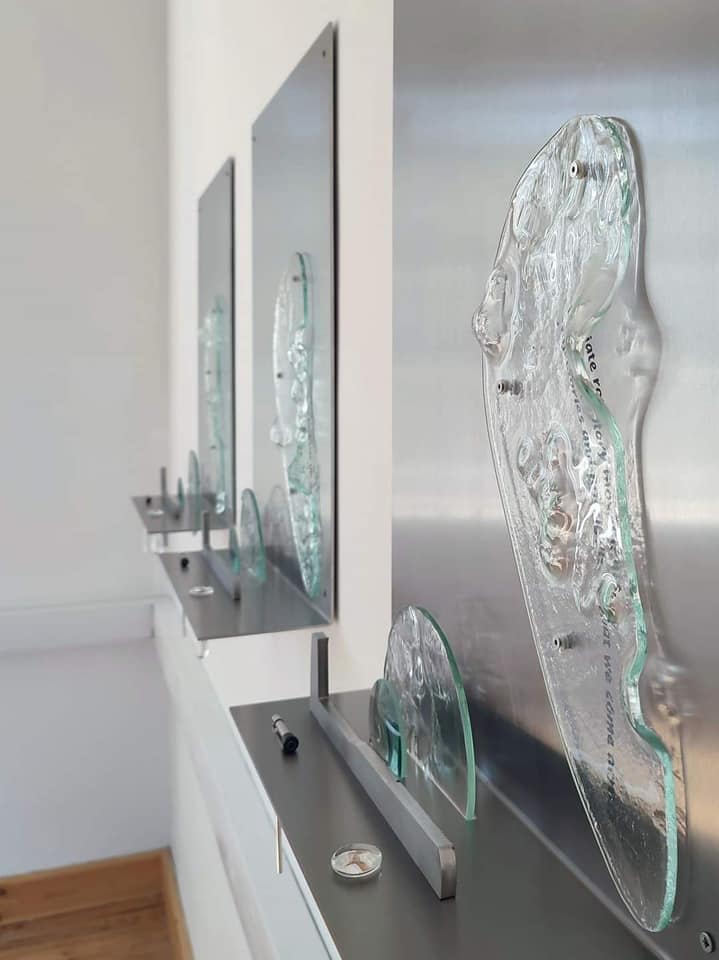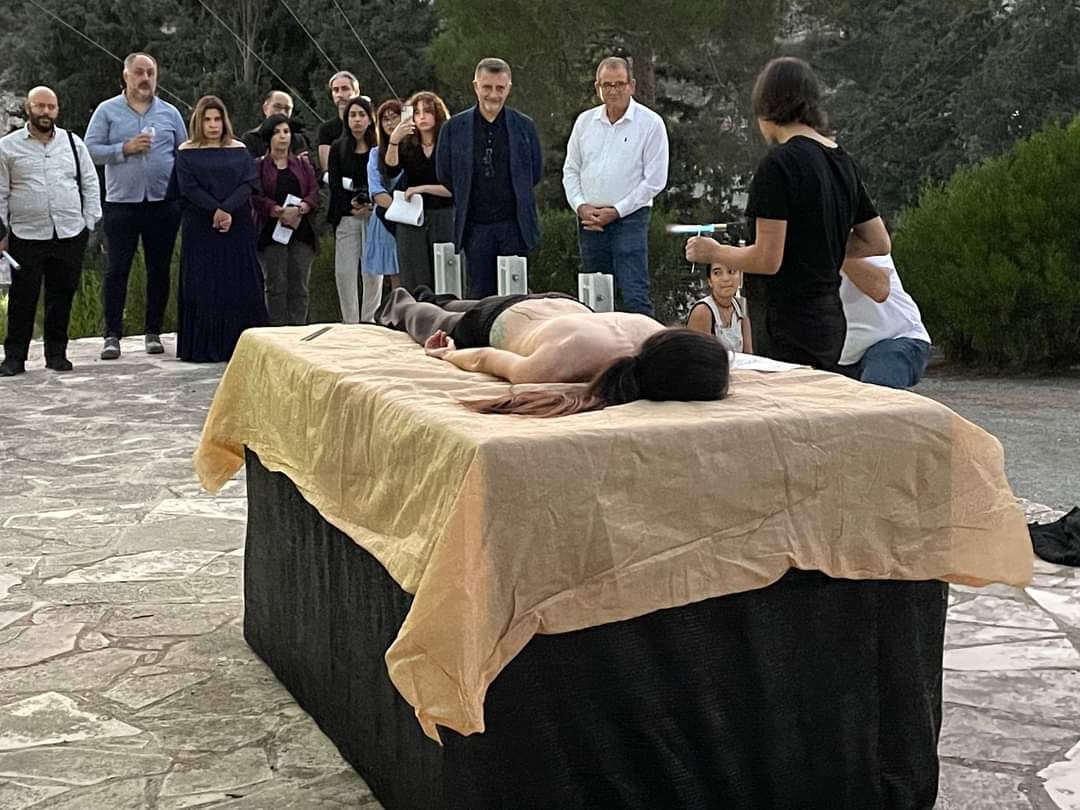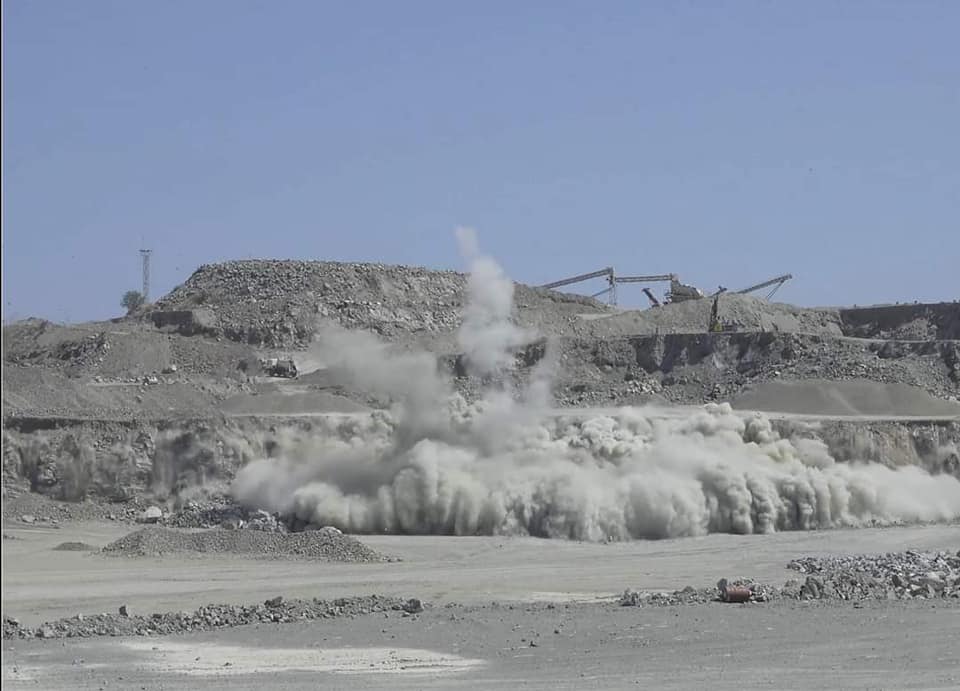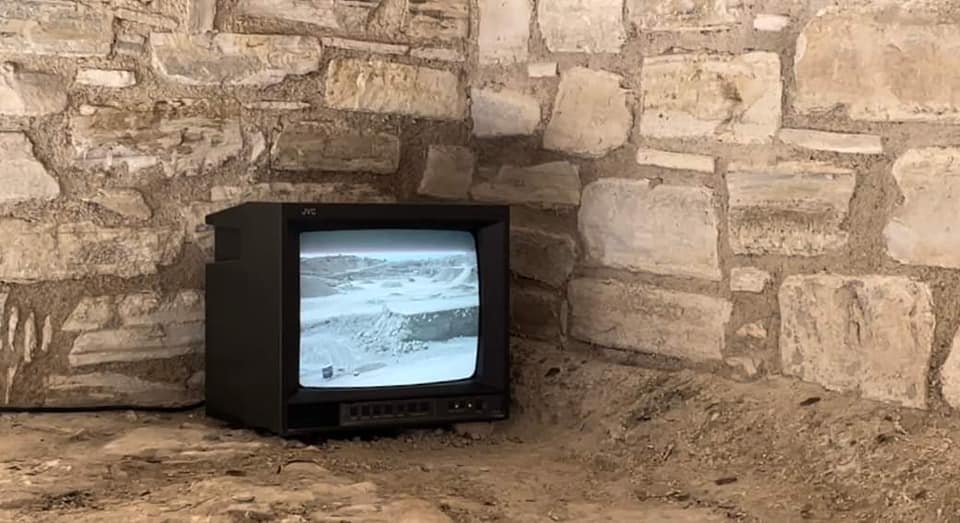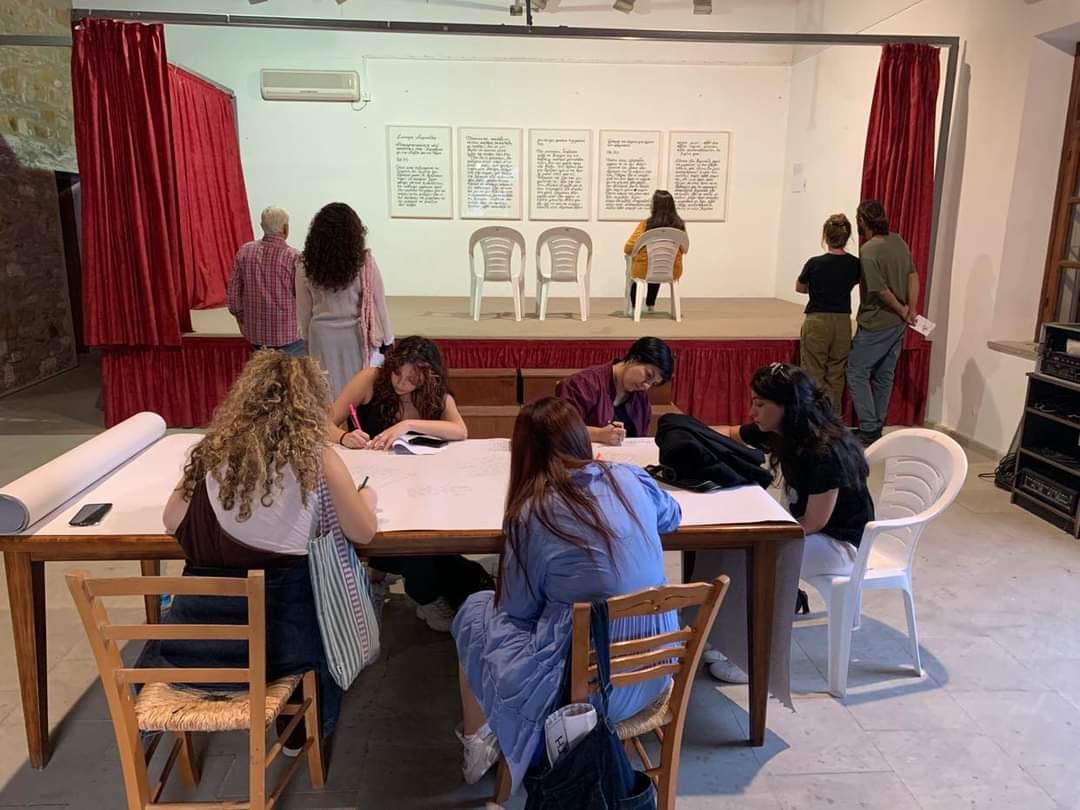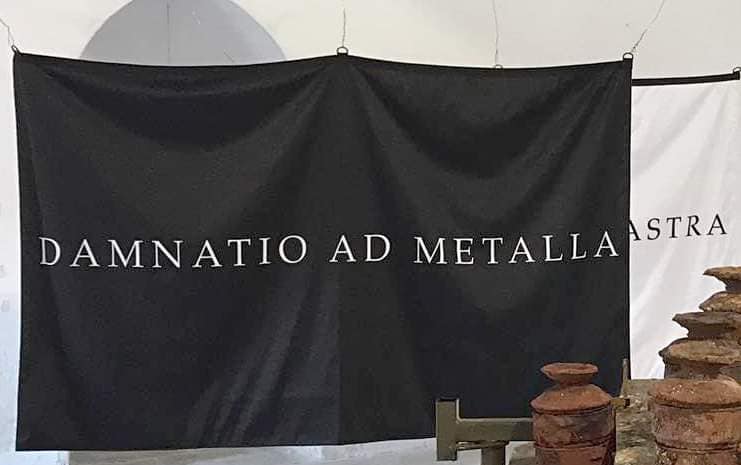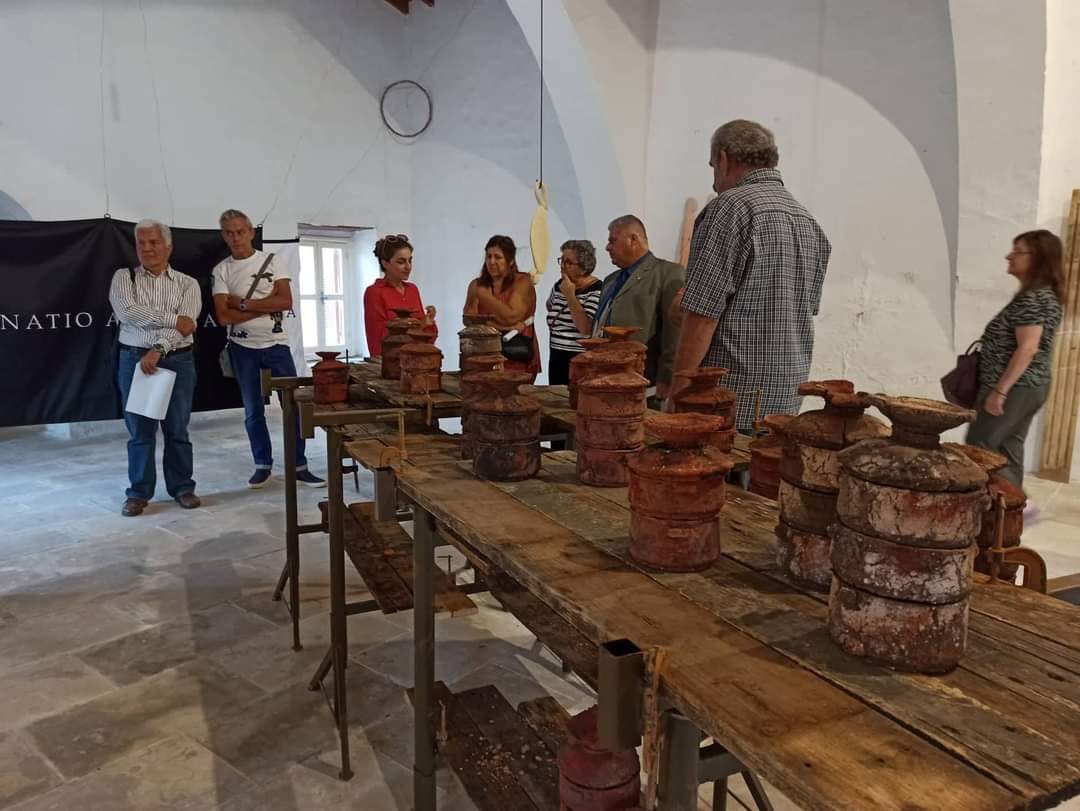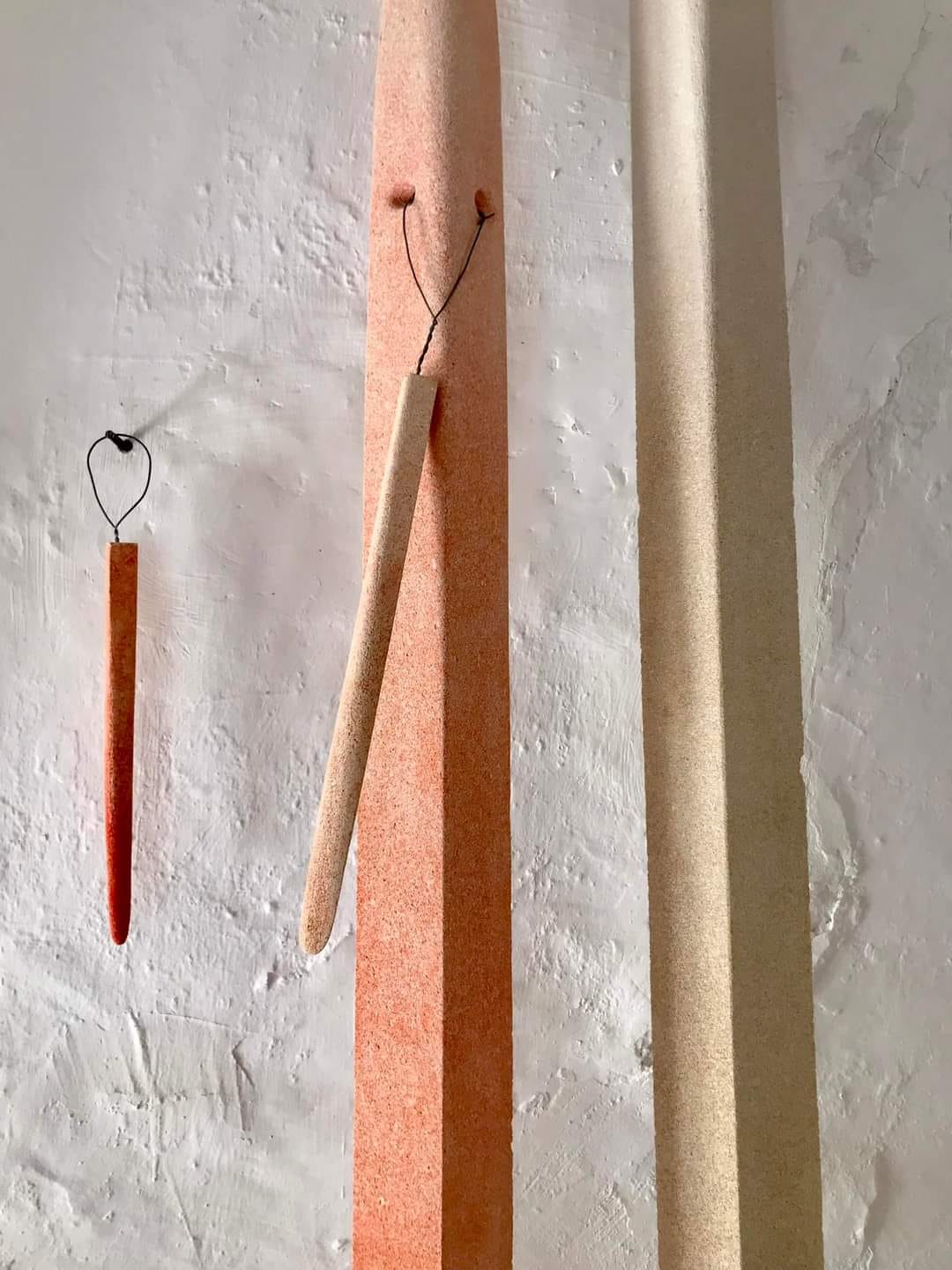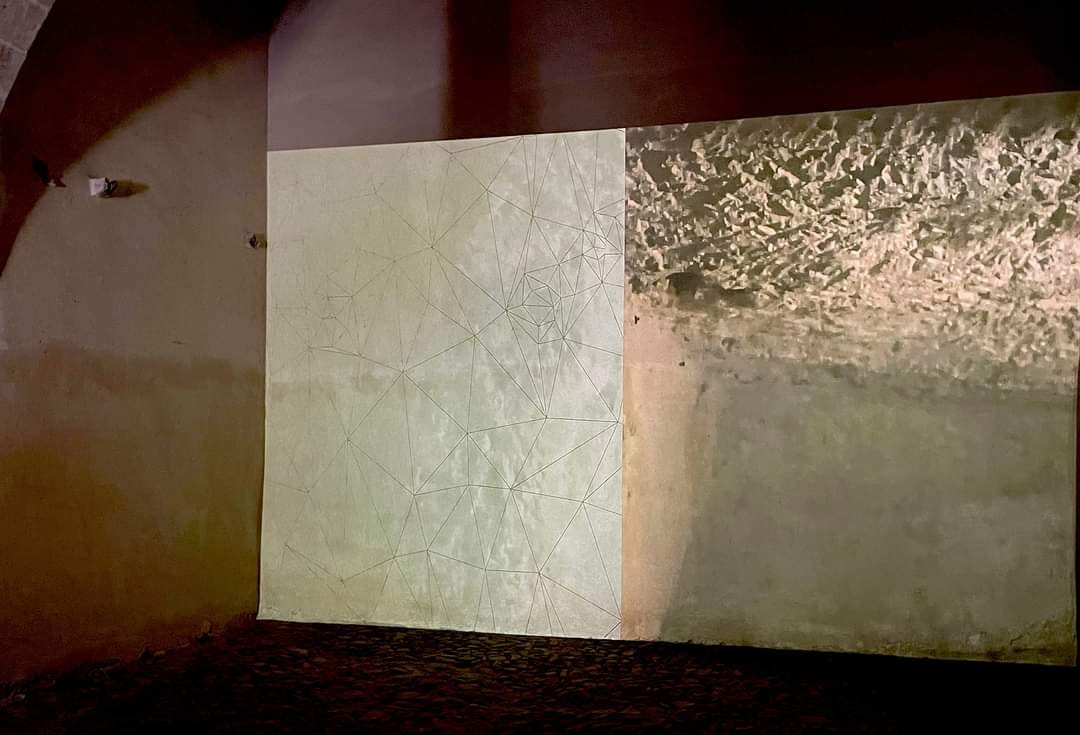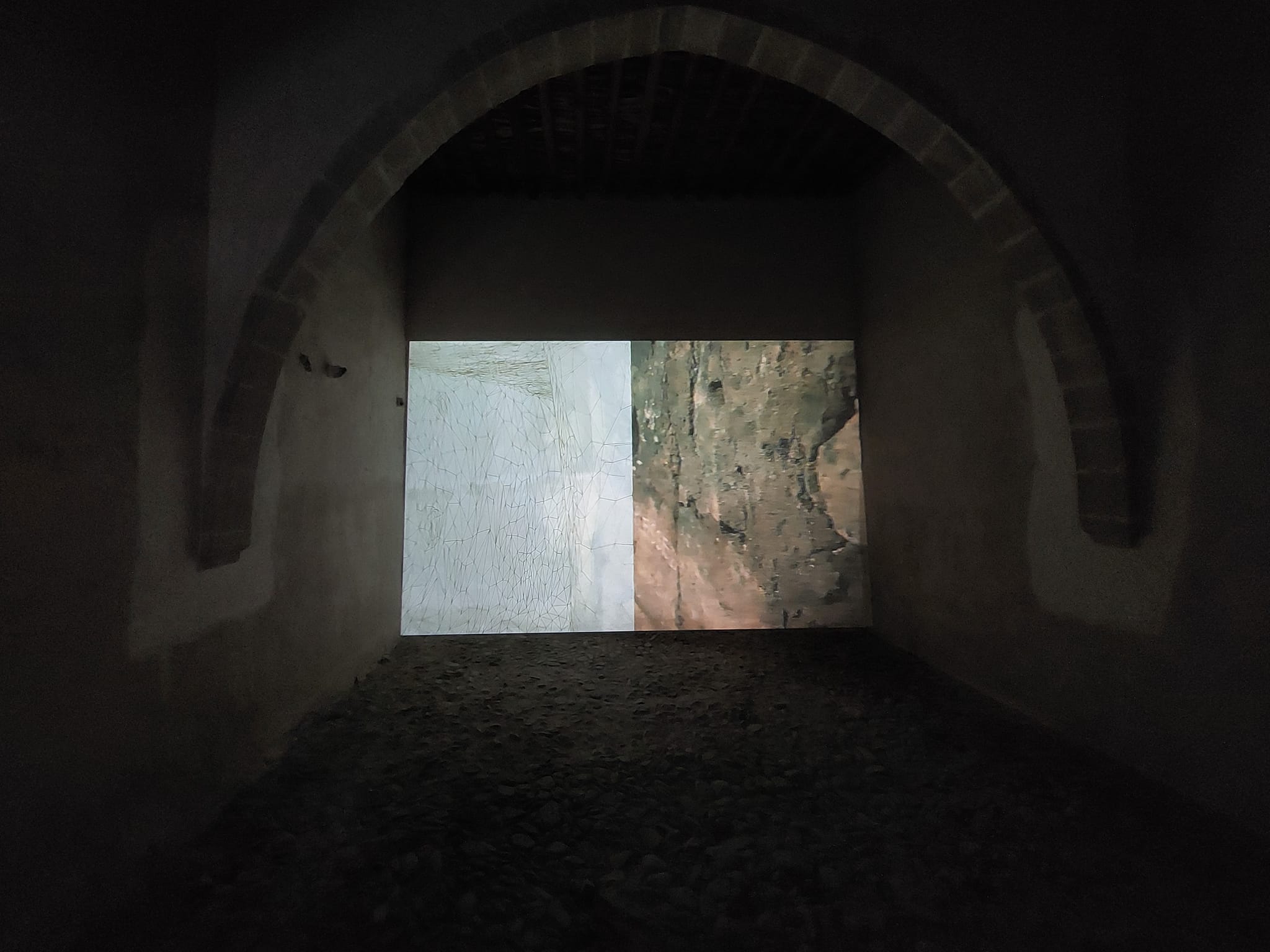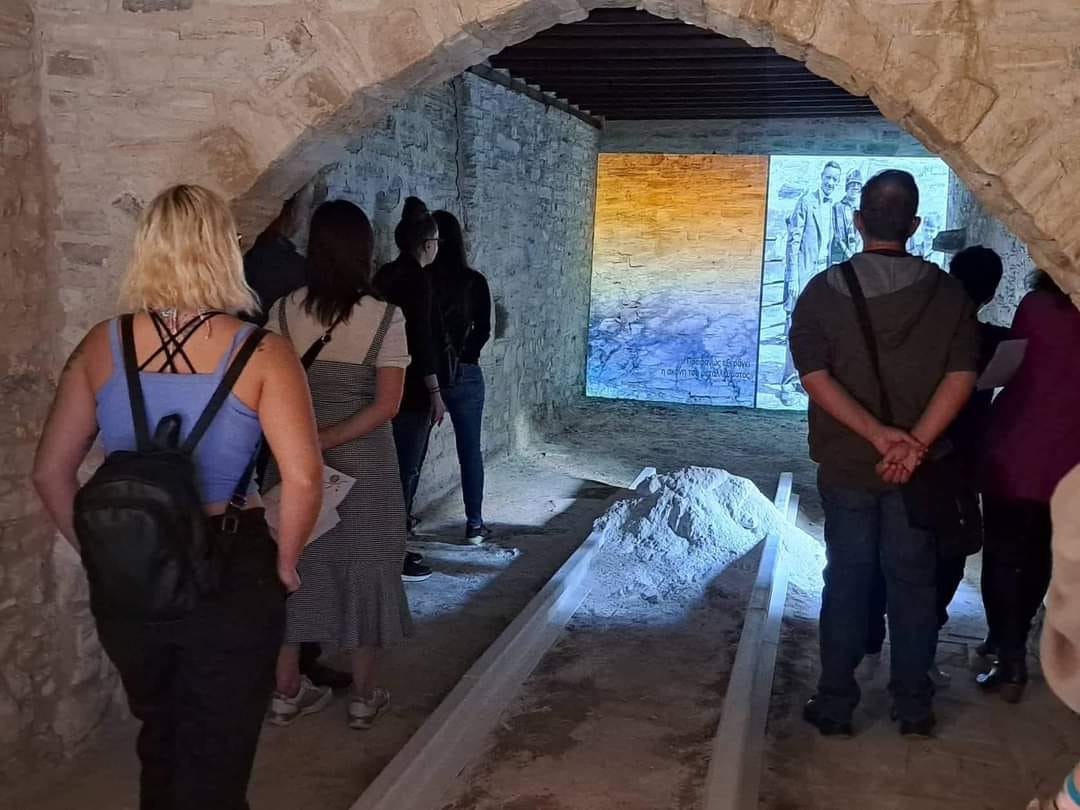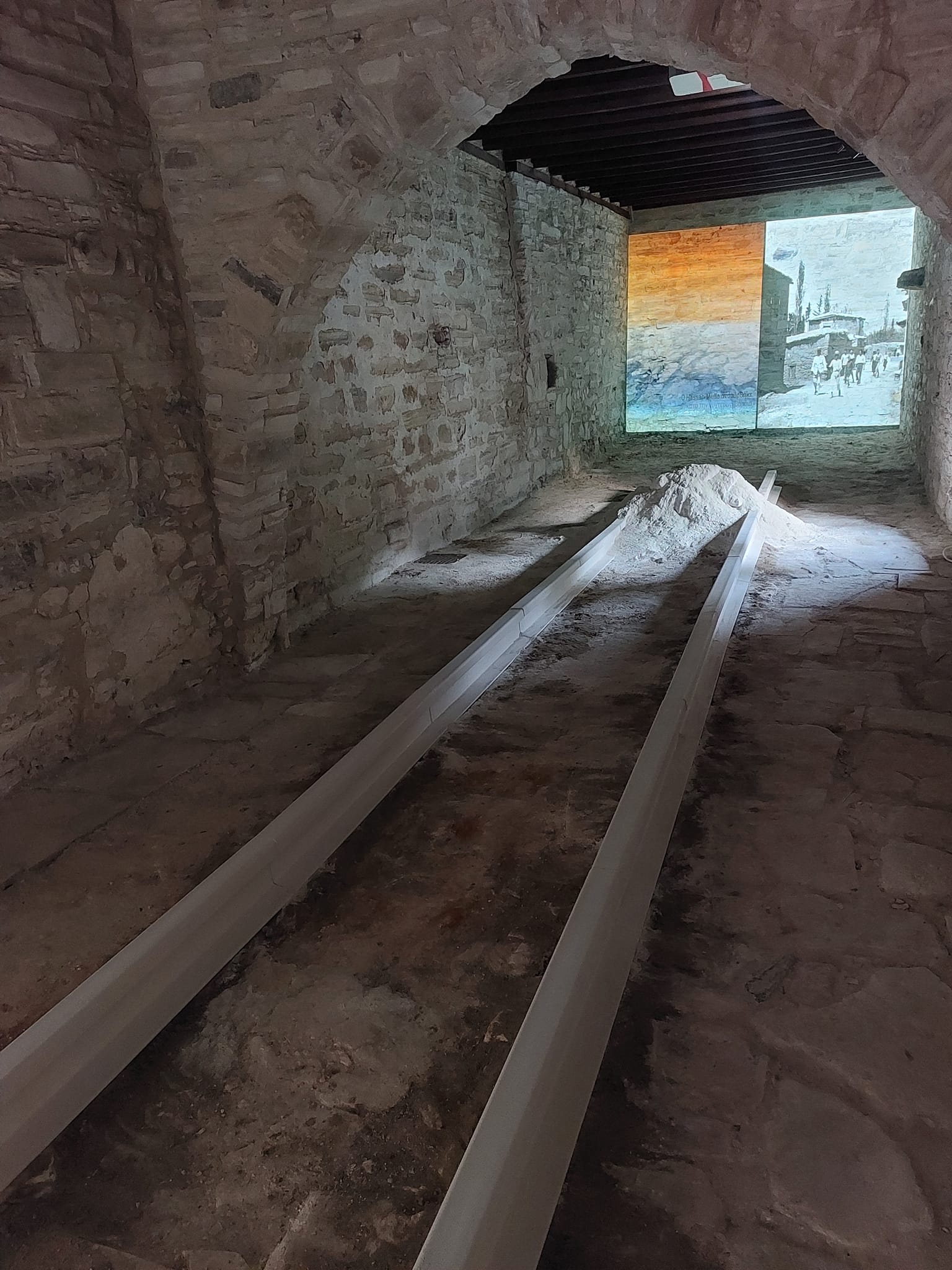Under|Mining
October 28-November 20, 2022
Exhibition Opening Hours
Friday, Saturday, Sunday 10.00-18.00
Or by appointment
Opening by the Deputy Minister of Culture Dr. Yiannis Toumazis
28.10.2022 at 16:00
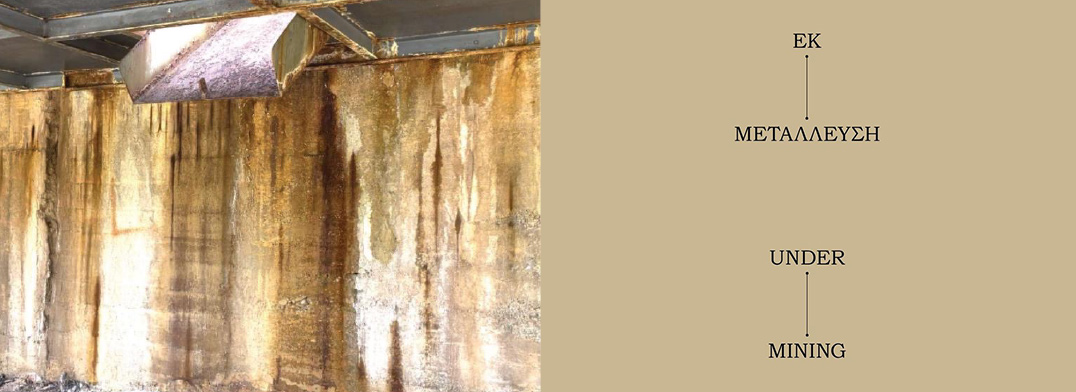
In the frame of Cultural Decentralisation Programme of the Cultural Services of the Deputy Ministry of Culture, Republic of Cyprus.
Curated by:
Dr. Gabriel Koureas
Herman Bashiron Mendolicchio
Giorgos Lazoglou
Participating Artists:
Klitsa Antoniou (Cyprus)
Vince Briffa (Malta)
Trevor Borg (Malta)
Melita Couta (Cyprus)
Elina Ioannou (Cyprus)
Bill Psarras (Greece)
Lara Salmon (USA)
Constantinos Taliotis (Cyprus)
Leontios Toumpouris (Cyprus)
Adonis Volanakis (Greece)
Theoretical Art Texts
Dr. Gabriel Koureas (Cyprus)
Herman Bashiron Mendolicchio (Italy)
Maria Loizidou (Cyprus)
Dr. Elena Parpa (Cyprus)
Under|Mining is a ground-breaking, international group exhibition at various locations at the village of Kalavasos, Larnaca. The exhibition curated by Dr. Gabriel Koureas (Cyprus), Herman Bashiron Mendolicchio (Italy) and George Lazoglou (Cyprus) feature works by: Klitsa Antoniou (Cyprus), Trevor Borg (Malta), Vince Briffa (Malta), Elina Ioannou (Cyprus), Melita Couta (Cyprus), Bill Psarras (Greece), Lara Salmon (USA), Constantinos Taliotis (Cyprus), Leontios Toumpouris (Cyprus), Adonis Volanakis (Greece).
The multisite art exhibition addresses for the first time through a contemporary art perspective the history, memory, sociocultural and environmental impact of mining in Cyprus. Mining in Cyprus has a very long history, from antiquity to the present day. Mining reached its peak during the British colonial years. This exhibition, the first of its kind in Cyprus, focuses on the ex-mining community of Kalavasos and its heritage with reference always to the other mining communities of the island.
Drawing from the work of art historian Lucy Lippard (Undermining, 2014) the exhibition actively engages with mining pits and shafts and the ways in which they reflect cultures and importantly, how they have altered and still affect ecosystems and generate new structures within our environment and societies. The two words in the title of the exhibition – mining [the process of obtaining minerals from a mine] and undermining [the erosion of the base or foundation of a structure, to lessen the effectiveness, power or ability of someone or something especially gradually or insidiously] provide the starting point from which to address both the environmental as well as the sociocultural impact of mining in Cyprus. Through the four natural elements – earth, air, fire, water – and their unnatural exploitation the artists of the exhibition engage both vertically and horizontally with the multiplicity of issues raised by the abuse of the earth’s resources.
“The mine… Where man crawls like a worm, renouncing sun and air, who might find the open hole which would bring him back to life -- or never again… The mine… What became a curse and accusation, legend and history; for which theatre and cinema, novels and songs weaved spider webs around its dark existence… The Mine…” (Costas Montis, ‘Elephtheria’ Newspaper, 12/07/1936)
Cypriot writer Kostas Montis captures the human suffering of the mining industry which provided much needed employment for many workers, during the 20th century, and allowed communities to grow around the mines of Limni, Amiantos, Skouriotissa ,and Kalavasos amongst others. These mining communities provided the bodies that every day would step into the deep subterranean tunnels and work very long shifts under gruelling and inhumane conditions. Accidents, which put the lives of the miners on a daily risk, were common. However, it was not only accidents but also the long-term effects of inhaled dust that these men and their families had to endure. It was exactly these inhumane conditions that gave rise to the first labour demonstrations in Cyprus starting in 1936. The scarring of the landscape and the environmental fallout of the mines continues to the present day with heavy metals leaking from the disused mines and entering water reservoirs.
As Montis notes in 1936, mining in Cyprus gave rise to a very rich cultural production. However, the first generation of Cypriot artists who were active during the period Montis was writing and in later years chose not to engage with the wounded landscape of Cyprus and instead provided an idealised version of the Cypriot landscape as Elena Parpa notes in the catalogue of the exhibition. Interestingly, the wounded Cypriot landscape appears only after the division of the island as a marker of the trauma of war. Herman Bashiron Mendolicchio points out in the catalogue of the exhibition that the environmentally wounded landscape starts becoming the focus of the artist with Joseph Beuys’s installation for Documenta 7, 7000 Eichen [7000 Oaks]. The intention of the artist was to heal the wounded landscape and society after the devastation of World War II and to reconfigure the lost equilibrium between man and nature. Since then, artistic interventions have provided a way in which audiences can reflect, re-think and reposition the illusionary narratives of progress and economic growth at all costs.
The artists in this exhibition bring together such concerns to the space of the village of Kalavasos, often using archival material to create multimedia installations. The human impact of mining provides the focus for artists Klitsa Antoniou and Melita Couta.
Antoniou’s triptych Metallum Terrae (2022) juxtaposes two opposing narratives through video projection Never Mine (2016) – the British director of the mines and one of the miners - to reveal the human suffering and environmental destruction that mining inflicted not only upon the miners but also on their families. Through its materiality, her installations Milk (2022) and More Milk (2022) brings to the visitor the suffering and inhumane conditions that miners and their families endured during the miners strikes of 1948. The mining companies chose to deprive the miners’ children of milk as a way to assert their authority and power.
Couta’s installation Kappakli (2022) transforms the materiality of kappakli an everyday food enamel container used by miners, recast in clay that incorporates earth from around the mines. The transformation of the materiality of these commonly used objects and the change in their use from daily objects to works of art brings to the visitor the duality of these utensils: The ceramic containers, whilst being symbolic objects of nurturing and nourishing the miner’s bodies, with the intervention of the artist become signifiers of the earth’s toxicity contained within the clay. In this way, they remind the viewer of the health hazards weighing on the miners during their labour and the ecological disaster that ensued.
Press
■ Euronews
■ LarnakaOnline
■ Dialogos
■ SigmaLive
■ Euronews
■ cyprushighlights.com
■ cna.org
■ VinceBriffa.com
■ LarnakaRegion.com
■ Kalavasos.org
Adonis Volanakis offers an alternative way to connect with the past through the often-neglected voices of women, especially within mining histories where mostly men were employed in the mines. Through conversations with the women of Kalavasos, Volanakis delved into herstories. Food and recipes provided a common denominator of the women’s stories. They were after all the women who filled Couta’s kappakli with food for the miners to take to work. Through these recipes the artist sees the creation of a ‘holy text’, a living iconography representative of female sensibilities, identities and power.
Preoccupation with the environmental impact of mining, the wounded landscape and body politic, provide the inspiration for other artists in the exhibition. Bill Psarras Gossan (2022) delves into history to take his starting point from the Roman use of mines as places of incarceration, and ultimately death, to juxtapose it to the geological term gossan in order to reveal what lies beneath the surface of the earth and the many layers of history, memory, and the human body.
Elina Ioannou’s installation Resilience (2022) uses the flora, fauna, and geology of the area – prickly pear, snail, calcareous sandstone – to engage not only with the island’s natural world but, importantly, with the collective unconscious and the often-troubling cohabitation of humans and nature, cultural memory and forgetting and decolonisation of the past.
The physical destruction of the landscape is reflected on Constantinos Taliotis’s multisite video installation blast (2022) that brings the violently fierce reality of a quarry explosion to the viewer. The image and piercing sound cause a traumatic somatic experience to the visitor, which combined with the phantasmagoria of the explosion intensifies subliminal emotions and bewilderment.
The empathic experience of the visitor is further explored in Lara Salmon’s film Apliki Su (2022) based on her great-grandfather’s directorship of the Cyprus Mine Corporation who also oversaw the opening of Apliki mine. The film is accompanied by Salmon’s performance who uses her own body as a map of Cyprus’s nineteen mines where the audience is invited to place a hot metal rod on the various locations thus burning the mining sites on the artist’s skin. The somatic pain experienced by the artists brings to the surface the physical and human damage inflicted by mines, which is largely erased by colonial narratives.
The ecologically wounded landscape is also present in Leontios Toumpouris’s site-responsive installation. The artist uses a series of sculptures to engage with the landscape of Kalavasos. The objects of the installation offer to the viewer a connectedness with the past and present history, the environment and its uses and abuses throughout history.
Trevor Borg and Vince Briffa Taħt | Fuq [upside down, topsy-turvy] (2022) transfer the visitor to a different land, Malta, a place that shares many historical and geographical aspects with Cyprus, so that they may experience Valetta, the capital of Malta, both at street level and underground. Drawing on the underground existence of the miners, the two artists ask the viewer to engage with what constitutes reality, and how notions of reality are constructed within our imagination. The nothingness of the outside constantly threatens our notions of reality. This prompts the visitor to question what the reality of the miners who experienced the underground reality of life on earth actually was.
A form of further questioning can be found for the visitor in Maria Loizidou’s artist’s essay for the catalogue of the exhibition. The artist uses the psychoanalytic motif of asphyxia, which in its somatic manifestation was one of the main dangers the miners faced, to problematise issues of loss, power, and identity through a series of drawings and collages. For the artist a claustrophobic, asphyxiating space like the mines, a space of no escape, poses questions in relation to the dialogue between impasse and recognising the motif of asphyxia as a space of possibilities
Next Project
We can never go back again, that much is certain. The past is still too close to us


